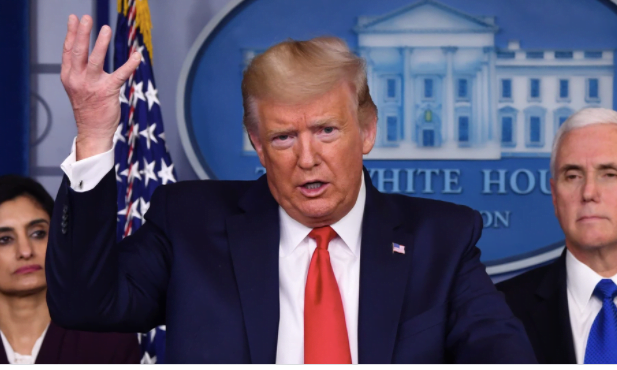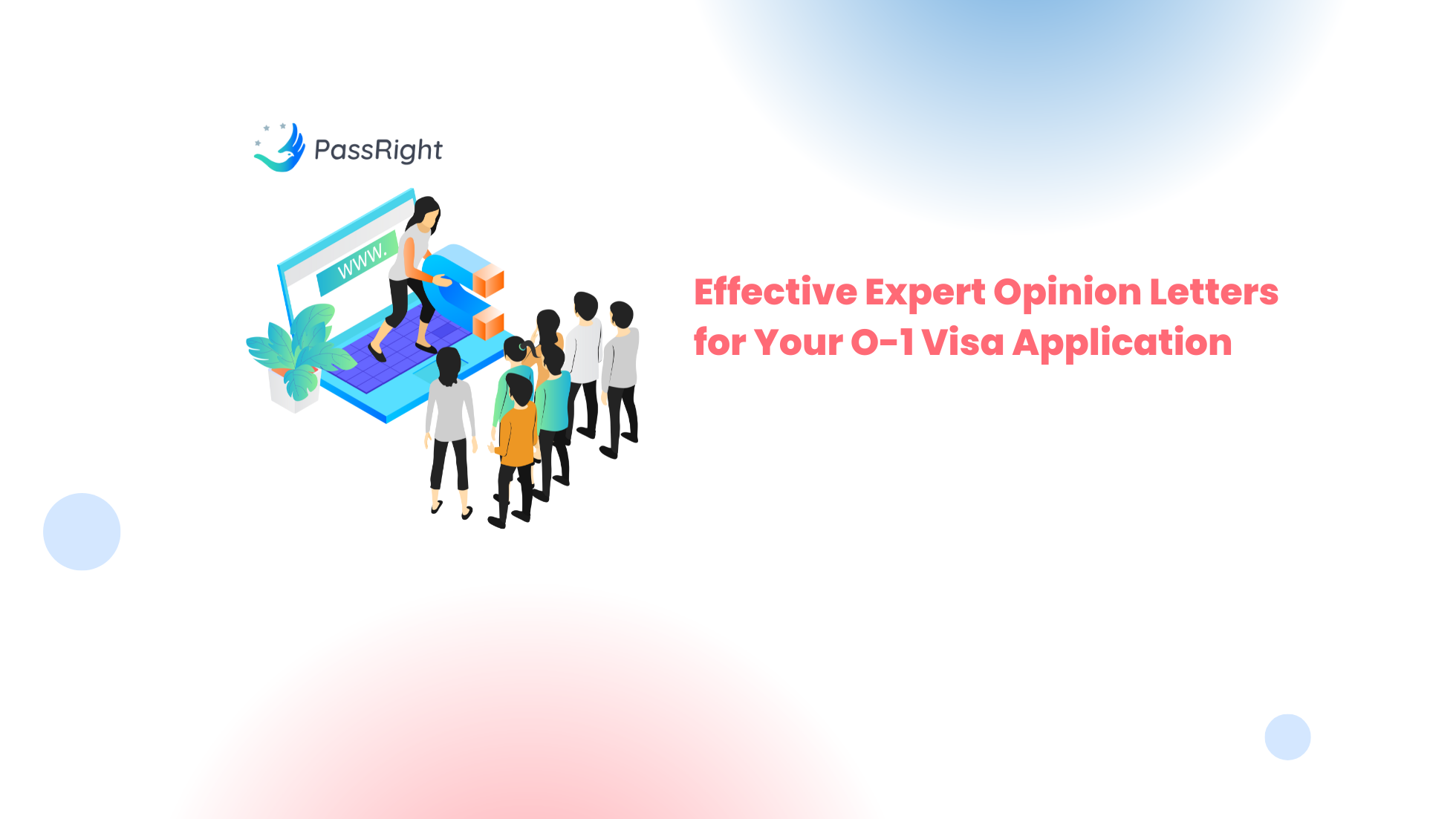Working in the United States is an aspirational scenario for a lot of people. This article is going to focus on a specific visa, named O-1, which allows individuals with extraordinary abilities to apply for a temporary working permit in the United States. This will allow professionals to expand their business, further develop their projects, or improve the reach of their careers. Whether you are a scientist, a professor, a researcher, an entrepreneur, an athlete, or an artist, this article may be showing up at a perfect time for you.
Learn what an O-1 visa is, how to apply, its approval rates, and possible responses from the United States Citizenship and Immigration Services (USCIS).
What is an O-1 Visa?
The O-1 visa is a nonimmigrant visa granted to aliens of extraordinary ability in the sciences, education, business, athletics (all the previous categories enter in O-1A visa), or arts (O-1B visa) with a sponsor company in the United States.
It is a perfect solution for people who have risen to the top of their profession and aim to temporarily continue their work in the United States. In fact, the O-1 visa is granted for a maximum of three years, with the possibility to extend it one additional year with the same employer.
If you wonder how to show that you are on top of your profession, you may consider if you have at least three of the following forms of documentation:
- Nationally or internationally recognized awards for excellence,
- Membership in renowned associations in your field,
- Published materials about you in a professional or major trade publication, relating to your work in the field,
- Authorship of scholarly articles in the field, published in professional journals or major media,
- Participation on a panel or individually judging the work of others in the same field of specialization,
- Major contributions in your field of expertise, such as patents or other significant and original contributions,
- Professional experience with a critical role and capacity,
- Evidence of a high salary.
These categories may be explained and analyzed through different interpretations, which depend on the subjectivity of USCIS officers examining the petition. Therefore, excellent argumentation and effective evidence collection are vital for a successful outcome.
Besides the above requirements, to apply for an O-1 visa you will need:
- USCIS Forms: Form G-28 Notice of Entry of Appearance as Attorney or Accredited Representative, Form I-129 Petition for a Nonimmigrant Worker (with Supplement O),
- Filing Fees: $460.00 to process Form I-129 Petition for a Nonimmigrant Worker,
- Written Employment Contract between the Petitioner and the Beneficiary,
- Description of the nature of the events or activities, and
- Advisory Opinion from a consulting entity stating the alien possesses the extraordinary abilities to fulfill their work in the US.
Why choose an O-1 visa?
It often happens that possible O-1 visa applicants pay closer attention to the H1-B Specialty Occupation Workers visa, instead of considering an O-1 application. This can be explained considering the number of criteria that the applicant needs to meet for an O-1 visa, in order to prove that they do possess extraordinary skills in their line of work. This article explains in detail the differences between O-1 and H1-B visas and helps to understand what the best option can be according to the candidate’s needs.
Undoubtedly, an O-1 visa offers remarkable benefits compared with more traditional work visas. Some advantages are:
- There is no maximum time that a foreign national can be in O-1 status, therefore it is possible to extend the O-1 visa indefinitely,
- It is not required to reach a minimum annual cap,
- There are no education credentials requirements,
- It may be available to aliens who own a substantial interest in the petitioning company,
- It is considered a “dual intent” visa.
This last benefit is particularly relevant since the beneficiary does not need to establish an intention to return to their country of residence and they might try to qualify for lawful permanent residence (green card) if it is their desire.
After submitting the petition, USCIS may request additional explanations or information about the beneficiary in a letter called Request for Evidence (RFE), which will be discussed below.
Request for Evidence
Request for Evidence is a possible outcome that cannot be ignored, and it is a tool used by USCIS officers any time they need more documents about the beneficiary’s case. It is not possible to define a certain percentage of risk to receive an RFE, as it changes from one USCIS Service Center to another USCIS Service Center, and it depends directly on the perception the officer has about the evidence submitted.
The RFE notice indicates in detail what evidence has been accepted and what information has to be clarified or corrected. Additionally, it specifies where to send the additional documents and the deadline for a response. During that time, the application will be on hold.
The range of reasons for which USCIS may send an RFE is the most varied. In the best-case scenario, the letter may refer to a minor adjustment, such as a clearer copy of a passport biographic data page; on the other hand, in the worst-case scenario, there might be a rejection of the evidence provided without due consideration. Commonly, the response may be found in the middle between these two extreme scenarios. Usually, officers conclude that the petition lacks the necessary evidence needed to determine an applicant’s eligibility for the benefit sought and ask for new supporting materials. In other cases, officers may identify missing specific supplement materials, and specify their nature in the RFE letter.
There are three different options to follow after receiving a Request for Evidence letter:
- To submit the requested documentation or additional supporting material before the deadline, or
- To submit a partial response by providing some of the documentation requested, aware that USCIS will not consider further material, or
- To not respond and abandon the application, whose outcome automatically results in a denial.
In case of choosing option 1 or 2, the additional evidence will be evaluated, and a final response will be delivered. You may be thinking: how likely is it to have an O-1 visa application approved? You will find the answer in the next paragraph.
Approval Rates: the Biden Administration
During his presidential campaign, candidate Joseph Biden emphasized the benefits of lawful and employment-based immigration, suggesting a radical change in the case of a positive election outcome as compared to President Donald Trump. In fact, after taking office on January 20, 2021, he executed many executive orders referred to immigration issues, some of which directly contrasted with the restrictive policies implemented by the previous President Donald Trump.
In the last years, O-1 approval rates have been fluctuating, even though they have been constantly high, as may be observed in the graphic:
To sum up:
- In 2016, the O-1 approval rate was 92.9% and RFE was issued in 22.6% of cases,
- In 2017, the O-1 approval rate was 94.1% and RFE was issued in 22% of cases,
- In 2018, the O-1 approval rate was 92.8% and RFE was issued in 22.9% of cases,
- In 2019, the O-1 approval rate was 90.8% and RFE was issued in 26.4% of cases,
- In 2020, the O-1 approval rate was 89.4% and RFE was issued in 30.2% of cases,
- In 2021, the O-1 approval rate was 91.9%, with still no information about RFE.
As it may be observed, the approval rate has recorded few variations during the years, contrary to Requests for Evidence. In only four years, RFE increased by 7.7% which may suggest a tendency to strictness in the analysis of the submitted petitions.
My O-1 visa got approved: what’s next?
Congratulations! The Approval Notice is the materialization of all the efforts and dedication of the petitioner, the beneficiary, and the attorney, besides the American acknowledgment and recognition that you are in the top 1% of your expertise field.
It may be useful to know that in case you want (or need) a faster response from USCIS, you may request a Premium Service, which costs $2,500 US Dollars and guarantees processing within 15 calendar days, as opposed to up to 4-8 months of regular processing.
The steps following the Approval Notice depend on the beneficiary’s location at that specific time, for instance, if they already are in the United States or if they are located abroad. If you want to go deeper into the topic, check this article to consider more aspects of what is coming after your Approval Notice!
Your O-1 visa will be valid according to the contract terms and fixed dates, meaning that the regular status will expire as soon as the employment is terminated. As previously mentioned, it is possible to file a new petition and extend the O-1 visa for one additional year or submit a new petition for a successive O-1 three-year visa.
FAQs
What specific fields may be considered to apply for an O-1 visa?
For an O-1A visa, USCIS specifies that an alien with extraordinary abilities in the sciences, education, business, or athletics may apply. Extraordinary abilities in arts (acting, dancing, painting…) are required for an O-1B visa. The definition may be interpreted in a broad sense, therefore what really matters is how the supporting material and the argumentation are prepared to convince the USCIS officers of the alien outstanding achievements and impactful presence in the United States.If I am an O-1 visa holder, can my family come with me?
Yes, they can. O-3 visa applies to dependents of an O-1 visa holder. This means that your spouse and minor, not married children can be petitioned as well, and will be able to move with you to the United States. Keep in mind that an O-3 visa does not allow aliens to work.How many O-1 visas are available every year and when can I apply?
One of the benefits of an O-1 visa is that it is not limited by fixed quotas every year, and there is not a specific time for applying (unlikely H1-B visas). In other words, if you fulfill the requirements, you do not have to worry about how many visas have already been issued and you can decide to apply for an O-1 visa at any time of the year.









